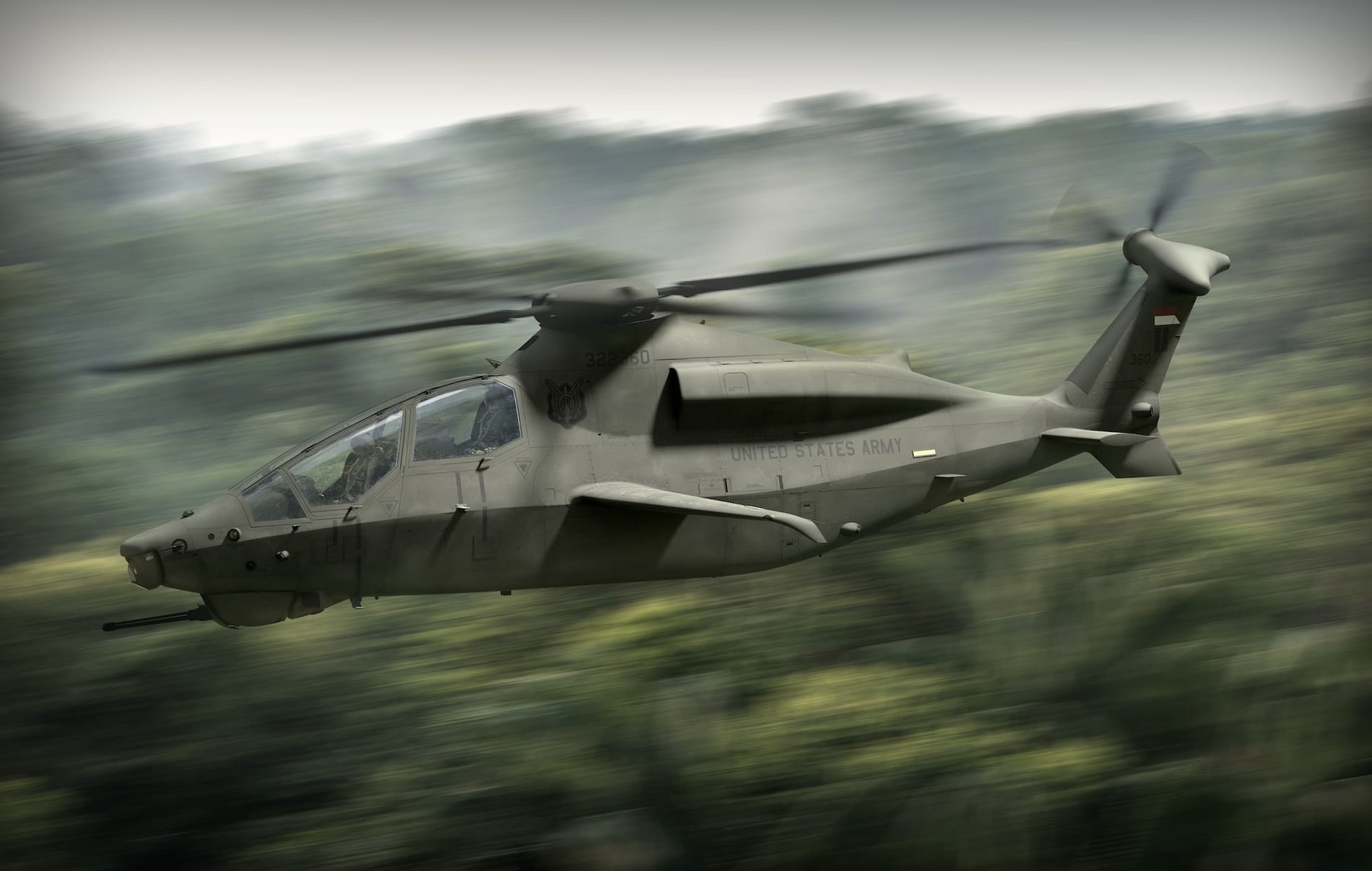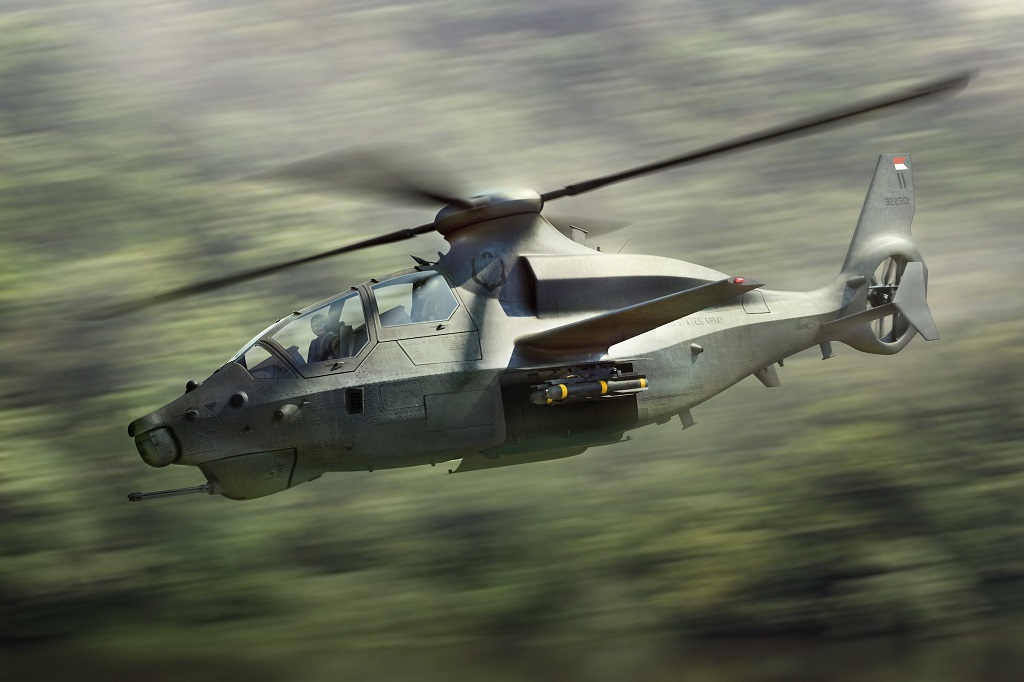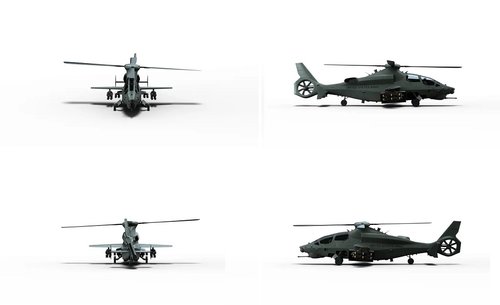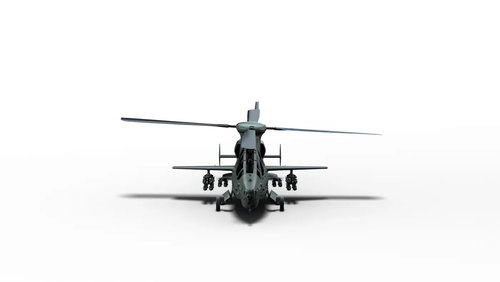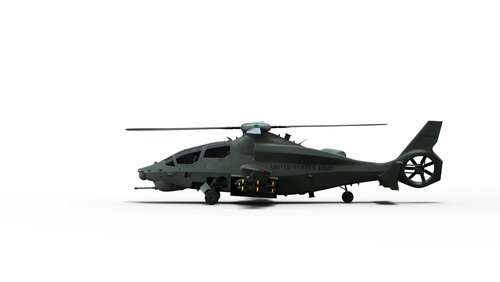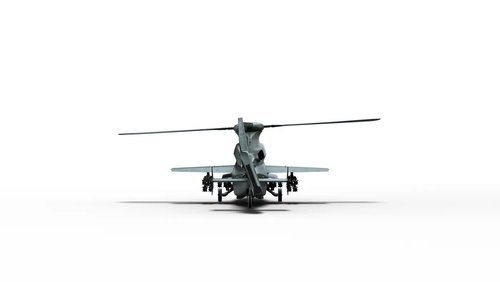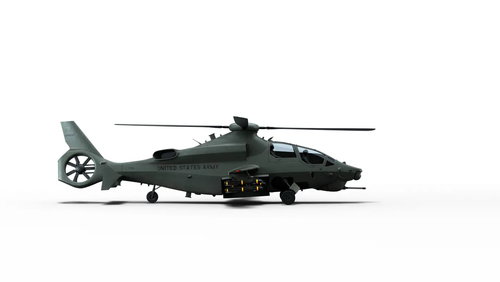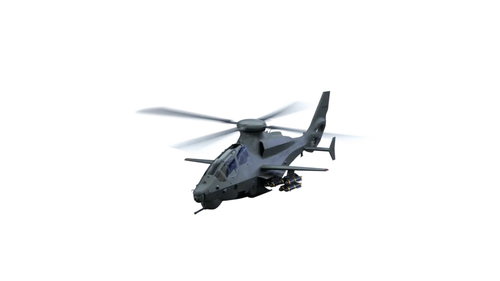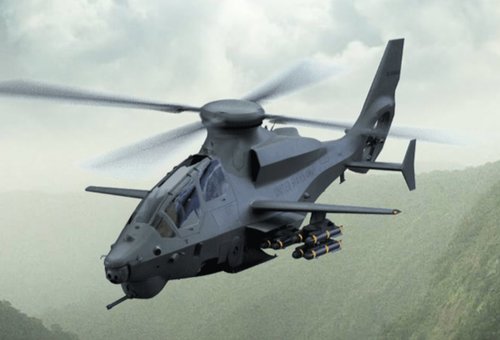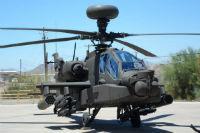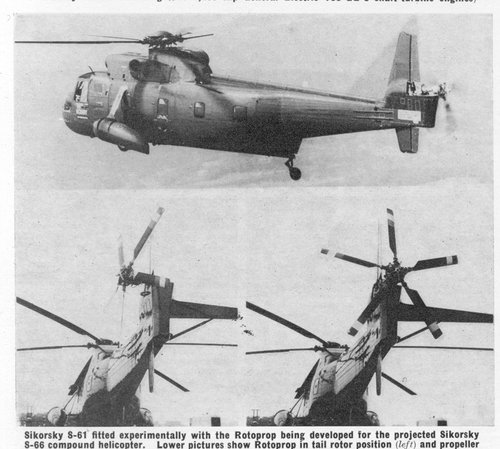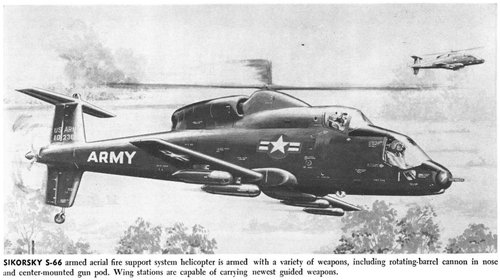U.S. Army Takes Reins of Rotorcraft Replacement
Oct 9, 2019
Lee Hudson | Aviation Week & Space Technology
Best of Both Worlds
The U.S. Army has the Pentagon’s blessing to lead development of a Sikorsky Black Hawk replacement and congressional support to do so without having to stop investing in the Block 2 Boeing Chinook to pay for it.
The Future Long-Range Assault Aircraft (FLRAA), also known as Capability Set 3, is a subset of the Future Vertical Lift (FVL) initiative established to fill the medium-rotorcraft requirements of the Army, Marine Corps and U.S. Special Operations Command (SOCOM). But this summer, the services began to chip away at the idea of a joint platform.
In July, the Army received permission to determine the fate of FLRAA prototype development when Ellen Lord, the Pentagon’s chief weapons buyer, delegated acquisition authority to the service. Two months later, in September, the Marine Corps launched external studies on the Attack Utility Replacement Aircraft (AURA), a high-speed rotorcraft to replace the Bell UH/AH-1 fleet.
Senate appropriations fiscal 2020 markup funds Chinook Block 2
Marines embark on separate helicopter replacement effort
A joint replacement for the H-1s, along with the Army’s UH-60s and SOCOM’s MH-60s, was the subject of an analysis of alternatives completed by the services early this year. The Marines’ move to seek ideas for AURA may banish any hope that FVL would result in greater platform commonality across the services. It seems the only way to achieve commonality resides within open mission system technologies.
The Marines’ request for information seeks responses from air vehicle, engine and mission systems suppliers by January. A hurdle to a joint solution with the Army is that the Marine Corps is looking for a top speed of 300-330 kt. and a 450-nm radius carrying 10 troops, while the Army is seeking a maximum speed of 250-289 kt. and an unrefueled combat radius of 200-300 nm with 12 troops.
The Marines need a faster, longer-range rotorcraft because AURA is envisioned as an armed escort for the Bell Boeing MV-22B Osprey tiltrotor. The concept advancement phase will inform a Milestone A decision after fiscal 2023 that will lead to selecting a contractor to develop and produce the AURA.
At the same time, the Army has released a solicitation to formally kick off competitive demonstration and risk reduction (CD&RR) for FLRAA with the goal of equipping the first unit no later than 2030—an acceleration of almost five years over previous plans. The solicitation was issued through the Army Aviation and Missile Technology Consortium Other Transaction Authority and is not publicly available.
The solicitation likely went to Bell and Sikorsky/Boeing, which are flight testing demonstrators for FLRAA under the Army’s Joint Multi-Role (JMR) science and technology program. Bell has been flying the V-280 tiltrotor since December 2017 and has demonstrated its 280-kt. top speed. The Sikorsky/Boeing coaxial rigid-rotor compound SB-1 Defiant first flew in March.
“The Sikorsky-Boeing SB-1 Defiant is flying, and we are continuing our flight-test program as part of our aircraft envelope expansion program,” the team tells Aviation Week in a statement.
Aviation modernization plans will cost the Army more than $4.7 billion over the fiscal 2020-24 future years defense program. In order to free up funding for FVL, Army senior leadership decided to cancel the Block 2 upgrade for the service’s heavy-lift CH-47F Chinooks.
The Army originally planned to upgrade 542 CH-47Fs and 69 MH-47Gs to the Block 2 standard. Now the service plans to take delivery of the last -CH-47F Block 1 in 2020 and then procure Block 2 upgrades only for the special-operations MH-47Gs.
The justification for canceling CH-47 Block 2 procurement to free funding for FVL is that the Block 1 upgrade has made the Chinook fleet the youngest in the Army, with an average age of less than eight years. However, lawmakers on Capitol Hill are pushing back on the strategy.
Senate appropriators in their mark up of the fiscal 2020 defense bill restored advance procurement funding to support the purchase of Block 2 upgrades. “The [Appropriations] Committee strongly encourages the Secretary of the Army to assess the increased cost, expected production issues as well as industrial base risks of delaying the successful acquisition program,” states a report accompanying the markup.
Funding added by Congress for 2019 will support additional flight testing by the two JMR technology demonstrators. Bell is continuing envelope expansion with the V-280 tiltrotor. For the Defiant, the Sikorsky/Boeing team is targeting a cruise speed of 250 kt.
The FLRAA solicitation signals “a tip of the hat on the multi-year acceleration that the Army’s committed to,” says Brig. Gen. Walter Rugen, FVL cross-functional team director at U.S. Futures Command. FVL is the Army’s third modernization priority, after long-range precision fires and a next-generation combat vehicle.
The first phase of the CD&RR effort is to deliver initial conceptual designs that include technical documentation to support the design, requirements work and trade studies. “We are committed to equipping the Army’s first unit with Future Long-Range Assault Aircraft no later than 2030,” says Col. David Phillips, FLRAA project manager at the program executive office for aviation.
Now that the FVL requirements have been approved by Army leadership, the service will begin sharing information with allies. Australia, Japan, the Netherlands and the UK all are interested in the work the U.S. is doing, says Rugen.
“You’re going to see an international plan probably that models other successful programs that the joint force has done,” Rugen says. “We’re glad to have these partners come aboard.”


